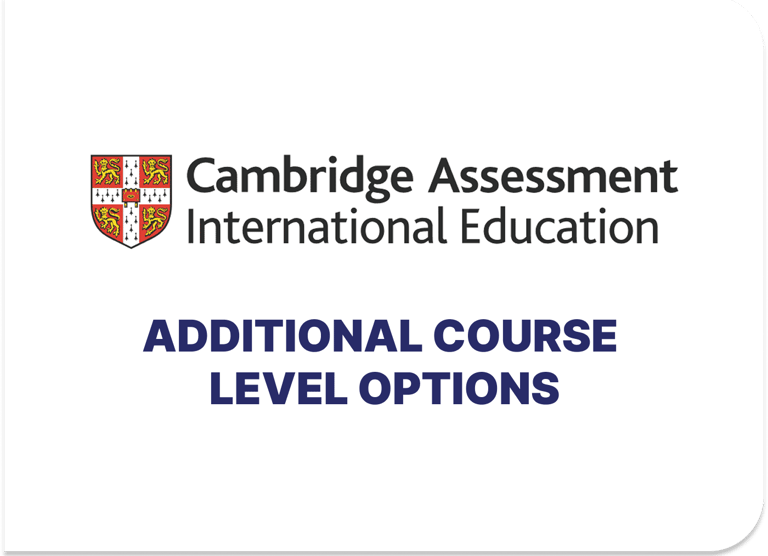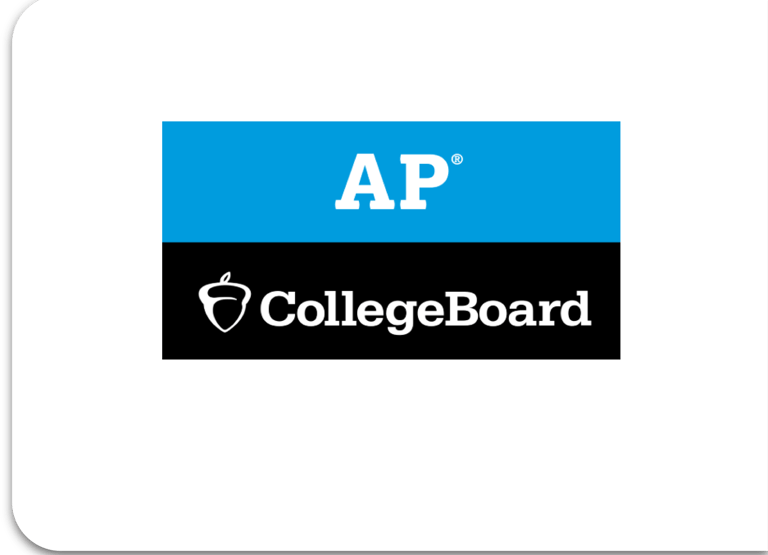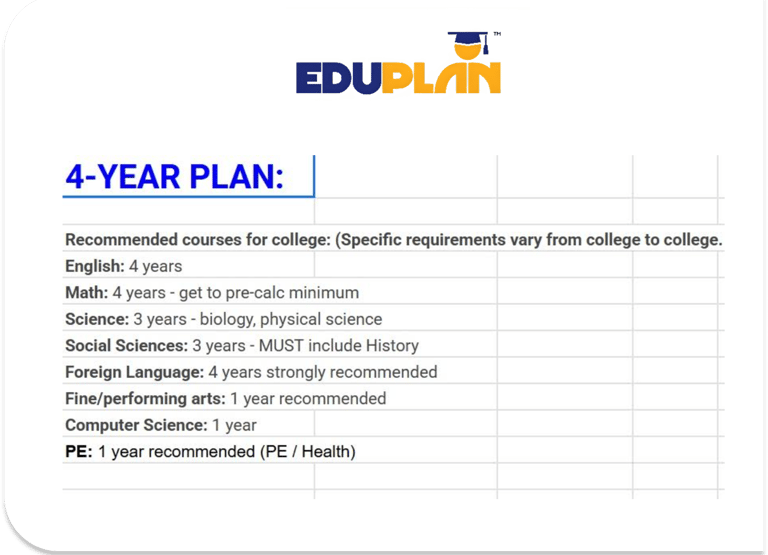
WHAT COLLEGES LOOK FOR IN COURSE SELECTION?
Choosing your high school courses each year is one of the most important ways to shape your college application and personal growth. Colleges look closely at not just your grades, but the level of challenge you chose and how you performed over time. Colleges want to see that you:
Challenged yourself appropriately based on what your school offers
Took core academic subjects (English, math, science, social studies, foreign language) all four years
Pursued higher-level courses when possible, especially in areas aligned with your interests or intended major
Maintained balance and performed well. Rigor matters, but so do your grades and well-being
Let's talk about how to select courses in your high school that will improve your candidacy as a college applicant.
High School Course Selection!



UNDERSTANDING HONOR & AP COURSE LEVELS
Here’s a breakdown of the types of advanced coursework colleges recognize:
Honor Courses:
Offered in many schools as advanced versions of core classes
Good introduction to academic challenge
Weighted GPA at many high schools
Shows initiative and higher-level thinking
AP (Advanced Placement)
College-level courses with a standardized exam at the end
Widely recognized by U.S. colleges
High AP exam scores (3–5) can earn college credit or advanced placement
Best for students who can handle independent reading, writing, and fast pacing

MORE ABOUT COURSE LEVELS
IB (International Baccalaureate)
A globally recognized, rigorous program with internal assessments, projects, and exams
Includes Standard Level (SL) and Higher Level (HL) courses
Full IB Diploma is highly respected—requires a mix of subjects, Theory of Knowledge (TOK), an extended essay, and CAS hours
Shows deep critical thinking, writing, and interdisciplinary analysis


AICE (Cambridge/ A-Level)
A rigorous international program recognized by many universities
Offers exams through the Cambridge Assessment system
Strong emphasis on subject mastery, research, and in-depth exam performance
Like IB, students can pursue a full AICE diploma or individual AICE courses
Dual Enrollment
College courses taken through a local college while still in high school
Can earn actual college credit and boost rigor
Must be chosen carefully to ensure credit transfer and to manage workload
Requires maturity, time management, and a strong GPA to succeed

BUILDING 4-YEAR ACADEMIC PLANS
Creating a 4-year course plan helps you:
Ensure you meet all graduation and college entrance requirements
Strategically increase your academic rigor over time
Align your course choices with your interests and potential college major
Avoid schedule conflicts or last-minute course gaps in senior year
Leave room for electives, extracurricular involvement, or career exploration (e.g., health sciences, business, arts)
It is important to remember that...
Pushing yourself is great, but not at the expense of your mental or physical health. It is better to do well in a balanced schedule than to overload and burn out. Colleges care about your overall performance and engagement, not just how many APs or IBs are on your transcript.
A common question students have is:
Should I take a more challenging class and possibly earn a B, or take an easier one and earn an A?
The answer depends on your abilities, your goals, and how the class will affect your transcript. In most cases, it’s better to challenge yourself and earn a B in a tougher course than to take the easy route. However, be cautious—if the more challenging class might result in a C or lower, it could do more harm than good.
Colleges like to see that you are willing to push yourself, as long as you can still do well!
Final Tips for Course Selection:
Take five core academic subjects every year, if possible, and even consider substituting electives for other core academic subjects to double-up or sometimes even triple-up in one or two core areas
Aim to increase rigor gradually, don’t overdo it too early
Choose higher-level courses in areas you are interested in or passionate about
If unsure, talk to your counselor and revisit your long-term goals
Keep your 4-year plan accessible and adjust it yearly as needed




